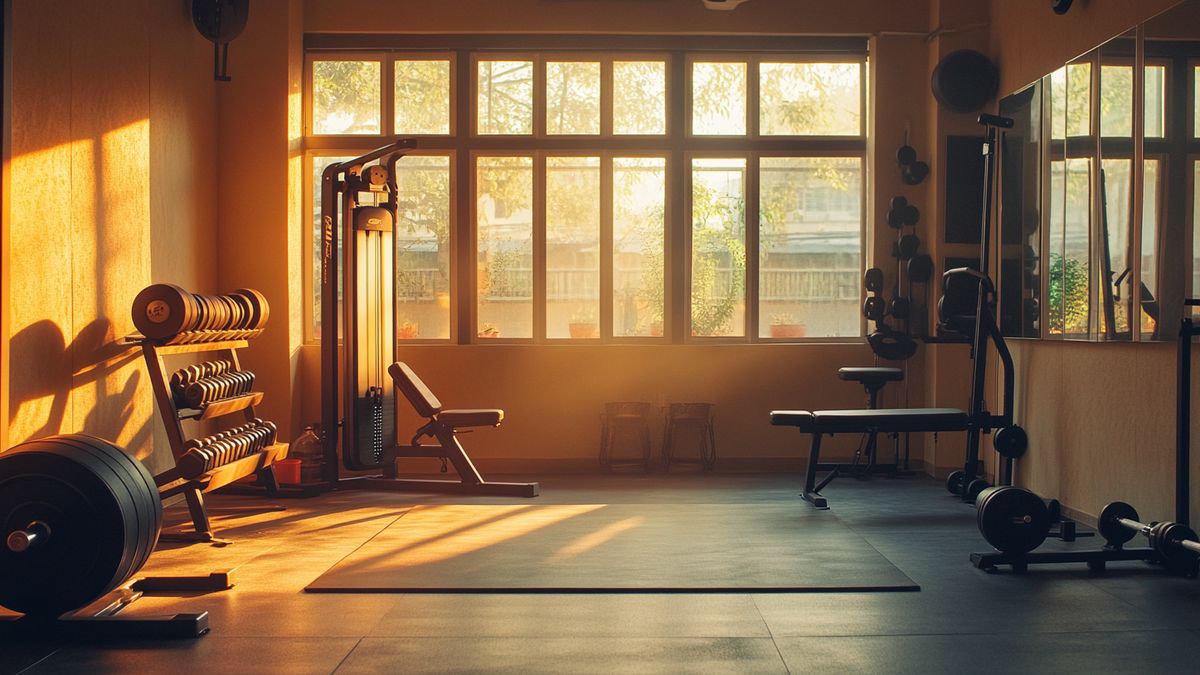Achieving weight loss doesn’t necessarily require a gym membership. With a few strategic changes to your routine, you can burn calories, improve your fitness, and shed pounds—all from the comfort of home or outdoors. Here are some effective and sustainable ways to lose weight without ever setting foot in a gym.

1. Embrace Bodyweight Exercises.
Bodyweight exercises are a great way to build strength and burn calories without any equipment. Many bodyweight moves are full-body workouts that target multiple muscle groups. Some effective bodyweight exercises include:
- Squats: Strengthen your legs and core.
- Push-ups: Build upper body and core strength.
- Lunges: Tone your legs and glutes.
- Planks: Great for core stability and endurance.
- Burpees: High-intensity move that burns calories quickly.
These exercises can be done anywhere and can be modified to suit all fitness levels. Aim to do 2-3 sets of 10-15 reps per exercise for an effective at-home workout.
2. Try High-Intensity Interval Training (HIIT).
HIIT involves short bursts of intense activity followed by rest or low-intensity moves. It’s one of the most effective ways to burn fat and increase cardiovascular fitness without needing much time. A simple HIIT workout could be:
- 30 seconds of jumping jacks
- 30 seconds of rest
- 30 seconds of mountain climbers
- 30 seconds of rest
- Repeat for 10-20 minutes
HIIT workouts can be tailored to any fitness level, making them accessible and effective for everyone.
3. Walk More Each Day.
Walking is often overlooked but can be highly effective for weight loss, especially if you maintain a brisk pace. Try to incorporate more walking into your day by:
- Taking the stairs instead of the elevator
- Going for a walk after meals
- Walking to run errands when possible
- Setting a daily step goal (10,000 steps is a common target)
Walking is a low-impact way to burn calories, and it’s easy to fit into your daily schedule.
4. Make Dietary Adjustments.
Diet plays a crucial role in weight loss, and making a few changes can go a long way. Here are some tips:
- Eat more whole foods: Focus on fruits, vegetables, lean proteins, and whole grains.
- Avoid processed foods and sugary drinks: These are high in calories and low in nutrients.
- Control portions: Use smaller plates, measure servings, and avoid eating out of large containers to help manage portion sizes.
- Stay hydrated: Drinking water before meals can reduce appetite and support metabolism.
Being mindful of your eating habits can make weight loss easier, even without exercise.
5. Practice Yoga or Pilates.
Yoga and Pilates are effective for building strength, flexibility, and mindfulness, and they can also aid weight loss. These practices increase muscle tone, which helps you burn more calories at rest. They’re also great for managing stress, which can reduce emotional eating and improve overall well-being.
6. Use Household Items for Resistance Training.
You don’t need fancy equipment to do resistance training; common household items can provide the weight you need. For example:
- Use filled water bottles as dumbbells for curls, presses, and rows.
- Use a sturdy chair for tricep dips or step-ups.
- Use a backpack filled with books for added weight during squats or lunges.
These items can help you build muscle strength and add intensity to your workout.
7. Prioritize Sleep.
Sleep is essential for weight management. Lack of sleep can affect hunger hormones, making you more likely to crave high-calorie foods. Aim for 7-9 hours of quality sleep each night, and try to keep a regular sleep schedule.
8. Track Your Progress.
Keeping track of your workouts, diet, and weight loss progress can help you stay accountable and motivated. You can use a journal, an app, or even simple notes to record what you eat, how much you move, and how you feel. Tracking can reveal patterns, help you set goals, and celebrate your successes along the way.
Final Thoughts.
Losing weight without a gym membership is completely achievable with a combination of bodyweight exercises, daily activity, dietary adjustments, and good sleep. These strategies are flexible, accessible, and require minimal or no equipment. Remember, consistency is key, and small changes can add up to significant results over time.